[Himeji City] Learn about azuki beans at the Azuki Museum run by Gozasoro.
![[Himeji City] Learn about azuki beans at the Azuki Museum run by Gozasoro.](https://resources.matcha-jp.com/resize/720x2000/2023/12/12-156426.webp)
``Gozasourou'' is a sweet that is well-known in the Kansai region and is made of fluffy dough filled with red bean paste. On the premises of our head office, there is an ``Azuki Museum'' where you can learn about the history and culture of azuki beans. This is a spot where you can enjoy craft experiences, cooking experiences, and azuki bean gourmet food.
-
Table of Contents
- A museum where you can learn about the history and culture of adzuki beans
- Enjoy the museum even more with a factory tour, cooking experience, and azuki bean craft experience
- A factory shop where you can taste freshly made "Gozasoro"
- Great value 1-day bus pass
- basic information
A museum where you can learn about the history and culture of adzuki beans
![[Himeji City] Learn about azuki beans at the Azuki Museum run by Gozasoro.](https://resources.matcha-jp.com/resize/720x2000/2023/12/12-156427.webp)
The Azuki Museum is about a 15-minute walk east from JR Himeji Station along the Shinkansen elevated tracks. If you are taking a bus from Himeji Station, board the Shinki Bus at the JR Himeji Station South Exit bus stop and walk a short distance from Koaho Kita.
![[Himeji City] Learn about azuki beans at the Azuki Museum run by Gozasoro.](https://resources.matcha-jp.com/resize/720x2000/2023/12/12-156428.webp)
The museum grounds are surrounded by trees and are a lush green space. There are waterfalls and a pond, and the entrance to the museum is just a stone bridge away, listening to the cool sound of the stream.
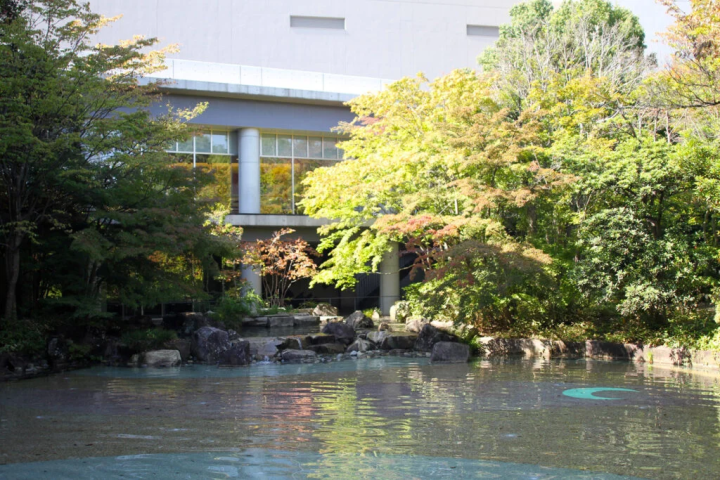
![[Himeji City] Learn about azuki beans at the Azuki Museum run by Gozasoro.](https://resources.matcha-jp.com/resize/720x2000/2023/12/12-156430.webp)
The first floor of the Azuki Museum is an exhibition floor where you can learn about azuki beans, including familiar azuki foods, cultivation methods, domestic and international varieties, and their origins.
![[Himeji City] Learn about azuki beans at the Azuki Museum run by Gozasoro.](https://resources.matcha-jp.com/resize/720x2000/2023/12/12-156431.webp)
We eat adzuki beans every day without even thinking about it, but there are many things we don't know, such as when they started to be eaten, what kind of flower they bloom into, and what varieties there are.
If you take your time to look at the exhibits, you will become interested in the profound world of azuki beans, and time will fly by.
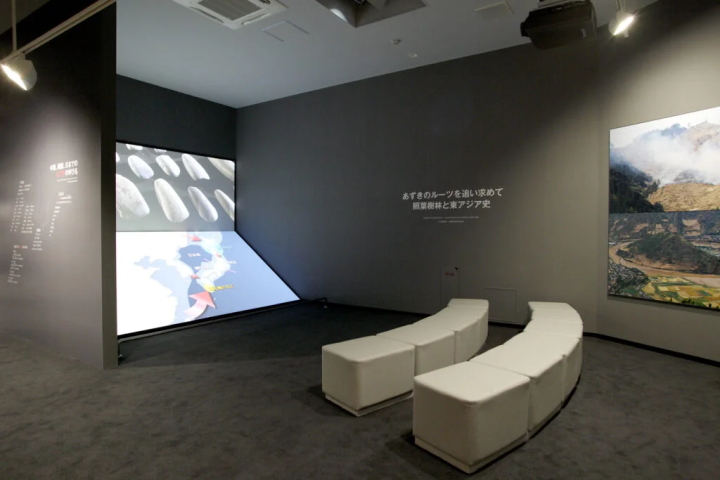
There are also video sections scattered throughout the museum, designed to make learning easy for children. The 30-minute diorama video "In Search of the Roots of Azuki Beans" gives a detailed introduction to the beginnings of azuki bean culture. It is recommended for those who want to learn about the history of azuki beans in depth.
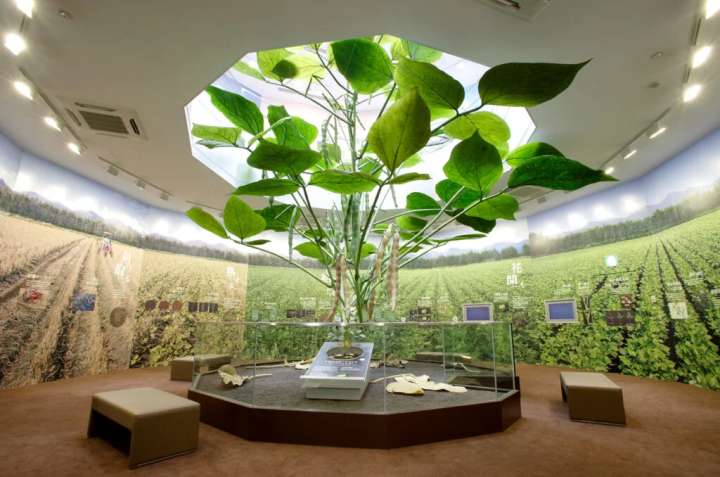
Photography is generally not permitted inside the museum, but you can take photos of this "10x Erimo Shouzu" model. Erimo Shouzu is a variety of adzuki bean and is known as the "king of adzuki beans." It is enlarged 10 times, so you can easily see the shape of the leaves and pods!
![[Himeji City] Learn about azuki beans at the Azuki Museum run by Gozasoro.](https://resources.matcha-jp.com/resize/720x2000/2023/12/12-156435.webp)
Surrounding the model are a row of large photographs on the wall showing the process of azuki bean growth. There is also footage of azuki beans blooming and leaves going into climax, so be sure to check it out.
![[Himeji City] Learn about azuki beans at the Azuki Museum run by Gozasoro.](https://resources.matcha-jp.com/resize/720x2000/2023/12/12-156436.webp)
On the second floor, you can learn about seasonal azuki foods, folk tales and proverbs that feature azuki beans, the process of making bean paste, etc. In the large-screen high-definition theater, a story-like film called "The Story of Azuki Beans" (about 20 minutes) is screened.
The library corner also has a selection of books, picture books, and materials about azuki beans.


![[Himeji City] Learn about azuki beans at the Azuki Museum run by Gozasoro.](https://resources.matcha-jp.com/resize/720x2000/2023/12/12-156439.webp)
There is a restaurant on the second mezzanine floor of the museum where you can enjoy red bean dishes. The spacious interior is very bright with sunlight streaming in through the windows, creating an open and airy space. Outside the window is a garden, so you can dine while looking out at the greenery of the trees.
![[Himeji City] Learn about azuki beans at the Azuki Museum run by Gozasoro.](https://resources.matcha-jp.com/resize/720x2000/2023/12/12-156440.webp)
The restaurant's popular menu item is the limited-edition "Azuki Gozen" (1,650 yen), which includes stewed pumpkin and azuki beans, azuki bean tempura, azuki bean sesame tofu, udon noodles, pickles, red rice (or multigrain rice), azuki bean soft serve ice cream, and azuki tea.
![[Himeji City] Learn about azuki beans at the Azuki Museum run by Gozasoro.](https://resources.matcha-jp.com/resize/720x2000/2023/12/12-156441.webp)
We recommend the azuki soft serve ice cream and azuki tea served after the meal. The soft serve ice cream has a strong azuki bean sweetness and aroma, and once you try it you'll want to eat it again.
![[Himeji City] Learn about azuki beans at the Azuki Museum run by Gozasoro.](https://resources.matcha-jp.com/resize/720x2000/2023/12/12-156442.webp)
Also, the azuki tea, made by boiling roasted azuki beans, has the aroma of azuki beans but is not heavy and is surprisingly easy to drink! This is a meal where you can enjoy azuki beans until the very end.
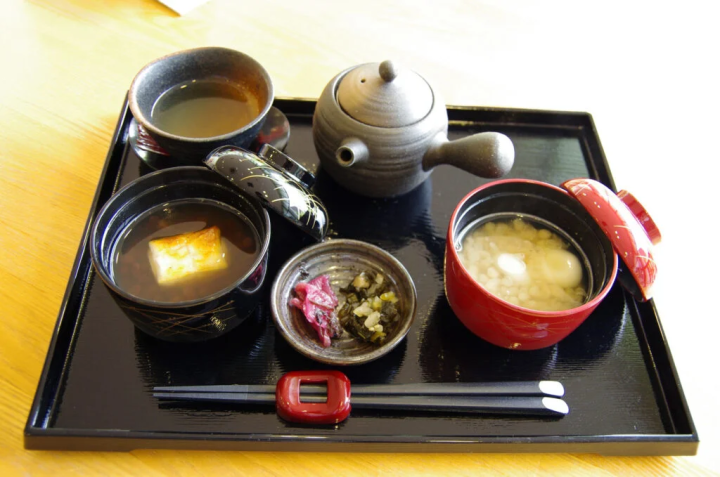
![[Himeji City] Learn about azuki beans at the Azuki Museum run by Gozasoro.](https://resources.matcha-jp.com/resize/720x2000/2023/12/12-156444.webp)
Once you've thoroughly enjoyed the exhibits and restaurant, head to the museum shop to check out the original goods, azuki-dyed products, and Azuki-san goods.
![[Himeji City] Learn about azuki beans at the Azuki Museum run by Gozasoro.](https://resources.matcha-jp.com/resize/720x2000/2023/12/12-156445.webp)
A popular item is the "Eraser" (200 yen) in the shape of the "Gozasoro" box. It is so faithfully reproduced down to the smallest detail that it's almost a shame to use it. It also makes a great gift.
![[Himeji City] Learn about azuki beans at the Azuki Museum run by Gozasoro.](https://resources.matcha-jp.com/resize/720x2000/2023/12/12-156446.webp)
The "Strap" (600 yen) with a miniature "Gozasoro" is also popular for its cuteness. There are two types, red bean paste and white bean paste, so why not choose your favorite design?
In addition, there is a lineup of goods featuring Azuki-san, the original character of the Azuki Museum. Be sure to check out the stationery that can only be purchased at the museum, such as ballpoint pens, mechanical pencils, stickers, and stamps.
Enjoy the museum even more with a factory tour, cooking experience, and azuki bean craft experience
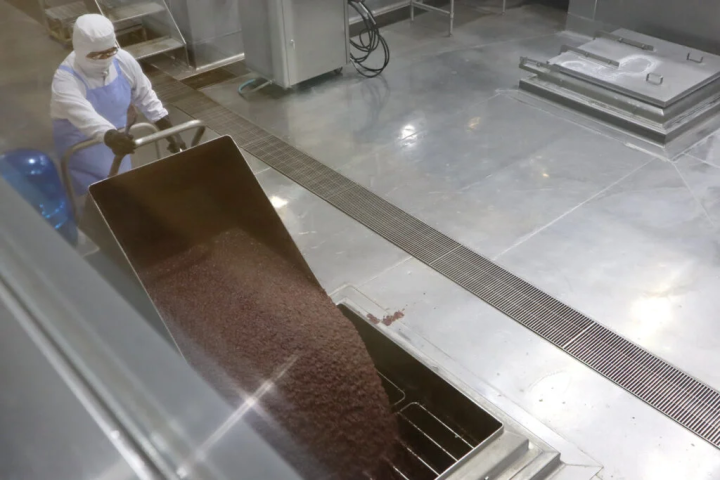
You can observe the bean paste making process at the factory located on the grounds of Gozasoro headquarters. Participation requires prior reservation and takes about 30 minutes. The tour is free and includes explanations from a tour guide. You may discover something new by learning about how the bean paste in "Gozasoro" is made. Those who wish to participate can make reservations on the website, so please apply by the day before.
Factory Tour
Closed: Tuesdays
* New Year's holiday closure times: 11:00-11:30 (approximately 30 minutes)
*Advance reservations required Number of participants: 1-9 people (1-15 people including other groups)
Cost: Free
*Please note that wheelchairs and strollers are not permitted during the tour as there are long stairs to climb and descend.
Reservation site: https://gozasoro.rsvsys.jp/reservations/calendar?category=1
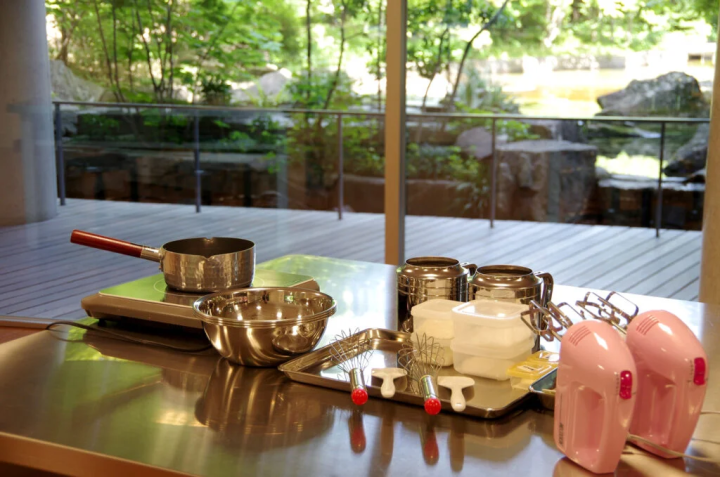
For those who want to try out making things, we recommend the paid craft and cooking experiences. The cooking experience, where you can make sweets using red beans, is popular with families with children. Children of elementary school age and above can participate.
The tour takes about 60 minutes. The content changes every two months, with the experience of making brown sugar manju in November and December 2023, and uguisu mochi in January and February 2024. Reservations are required at least 7 days before the tour date, so if you are interested, be sure to apply early.
basic information
Cooking experience
Closed: Tuesdays
*New Year's holiday closure times: 10:00~ (approx. 60 minutes)
*Advance reservations required Number of participants: 2-16 (including other groups)
Cost: 1,200 yen (tax included)
Eligibility: Elementary school students and above (elementary school students must be accompanied by a guardian)
What to bring: Apron, carrying bag (for taking home)
Reservation site: https://gozasoro.rsvsys.jp/reservations/calendar?category=2

In the craft experience, you will use different types of beans to create illustrations on photo frames and cork coasters.
basic information
Craft Experience
Closed: Tuesdays
* New Year's holiday special
Closing times: Anytime (no prior reservation required)
Cost: Craft 500 yen, mini craft 300 yen (tax included)
Target: Visitors to the Azuki Museum What to bring: Not required
A factory shop where you can taste freshly made "Gozasoro"

On the premises, there is a factory shop where "Gozasoro" is demonstrated and sold.
In the store, you can purchase freshly baked "Gozasoro" (110 yen each), as well as "Azuki Soft Serve Ice Cream" (regular 320 yen, mini 280 yen), which is only available at the factory shop, "Meat Buns" (160 yen), "Ice Cream Bars" (140 to 160 yen), and "Azuki "Red" Tea" (1,350 yen).
![[Himeji City] Learn about azuki beans at the Azuki Museum run by Gozasoro.](https://resources.matcha-jp.com/resize/720x2000/2023/12/12-156451.webp)
At the live sales, they only start baking after receiving an order, so you can always enjoy freshly baked "Gozasoro." There are also table seats inside the store, so you can enjoy piping hot "Gozasoro" on the spot, which is a nice touch.
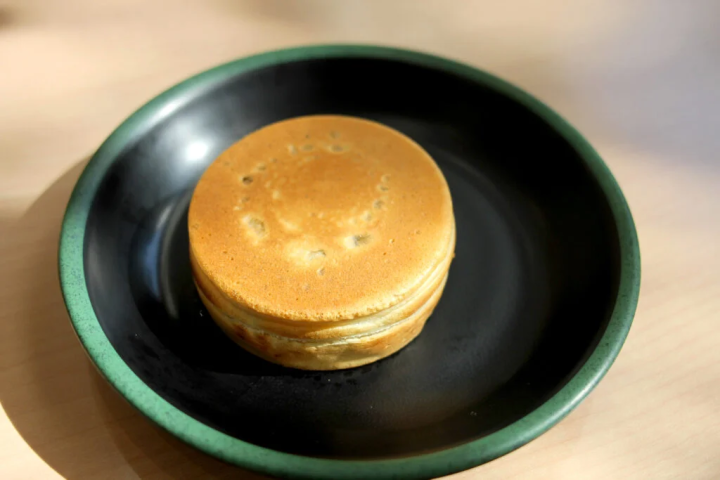
![[Himeji City] Learn about azuki beans at the Azuki Museum run by Gozasoro.](https://resources.matcha-jp.com/resize/720x2000/2023/12/12-156453.webp)
The crispy texture on the outside is the best thing about freshly baked bread! The balance of the sweetness of the red beans and the bean paste is perfect, and it will have you smiling. We recommend trying both the red and white bean paste. Of course, you can also take them out, so please make a great souvenir from your visit.
"Gozasoro" is a local sweet that is familiar in Himeji and other parts of the Kansai region. It is recommended to learn about Japanese food culture through the red beans that are essential to "Gozasoro". If you want to learn more, you can also participate in factory tours, cooking experiences, and craft experiences.
The Azuki Museum also has pamphlets available in English and Chinese.
(Writer: Nakata/West Plan)
*This article is current as of October 2023. Prices include tax. Product contents and prices may change. Please check the official website for the latest information.
Great value 1-day bus pass
Hyogo Amazing Pass
If you are considering traveling to Kobe and Hyogo Prefecture in addition to Himeji, we recommend this ticket! This is a great value mobile ticket that allows unlimited rides on Shinki Bus local buses and Kobe's City Loop/Port Loop for 2,500 yen per day.
Luggage storage service
Would you like to go sightseeing empty-handed?
basic information
Azuki Museum
Address: 611-1 Abo-ko, Himeji City, Hyogo Prefecture
Phone number: [Factory tour] 079-282-2311 (Head office) [Cooking experience] 079-282-2380 (Azuki Museum)
Business hours: 10:00-17:00 (entry until 16:00)
Closed: Tuesdays
Admission fee: Adults (high school students and above) 1,200 yen, elementary and junior high school students 600 yen
Access: From the south exit of JR Himeji Station, walk east along the Shinkansen overpass for about 15 minutes. From the south exit of JR Himeji Station, take the Shinki Bus and get off at Koahokita. It is a short walk from there.
Parking: Available
What are good things and good experiences? There are many characteristics such as having a story to tell, overflowing with the thoughts of the creator, having a history, and being loved by the locals. Have you ever come across a special thing or experience that made you want to tell someone about it? And as a result of telling, someone new leads to something. We think that's what "good" is all about. In order to deliver such encounters to our customers, we discover Hyogo's good things based on the concept of "talk, communicate, and connect", and provide information that will shorten the emotional distance between customers and the region of Hyogo Prefecture.
The contents on this page may partially contain automatic translation.


![[Hyogo Prefecture] Unlimited rides on local buses for just 2,500 yen! Travel around Hyogo Prefecture at a great price](https://resources.matcha-jp.com/resize/200x2000/2023/09/25-146913.webp)






























![[2026] Top 5 Strawberry Picking Spots in Tokushima, Naruto| Farms and Access Guide for January to May](https://resources.matcha-jp.com/resize/720x2000/2025/03/06-227165.webp)
![[Yamanashi/ Hokuto City] 4 Hot New Spots Opening in 2026](https://resources.matcha-jp.com/resize/720x2000/2025/12/12-252747.webp)


